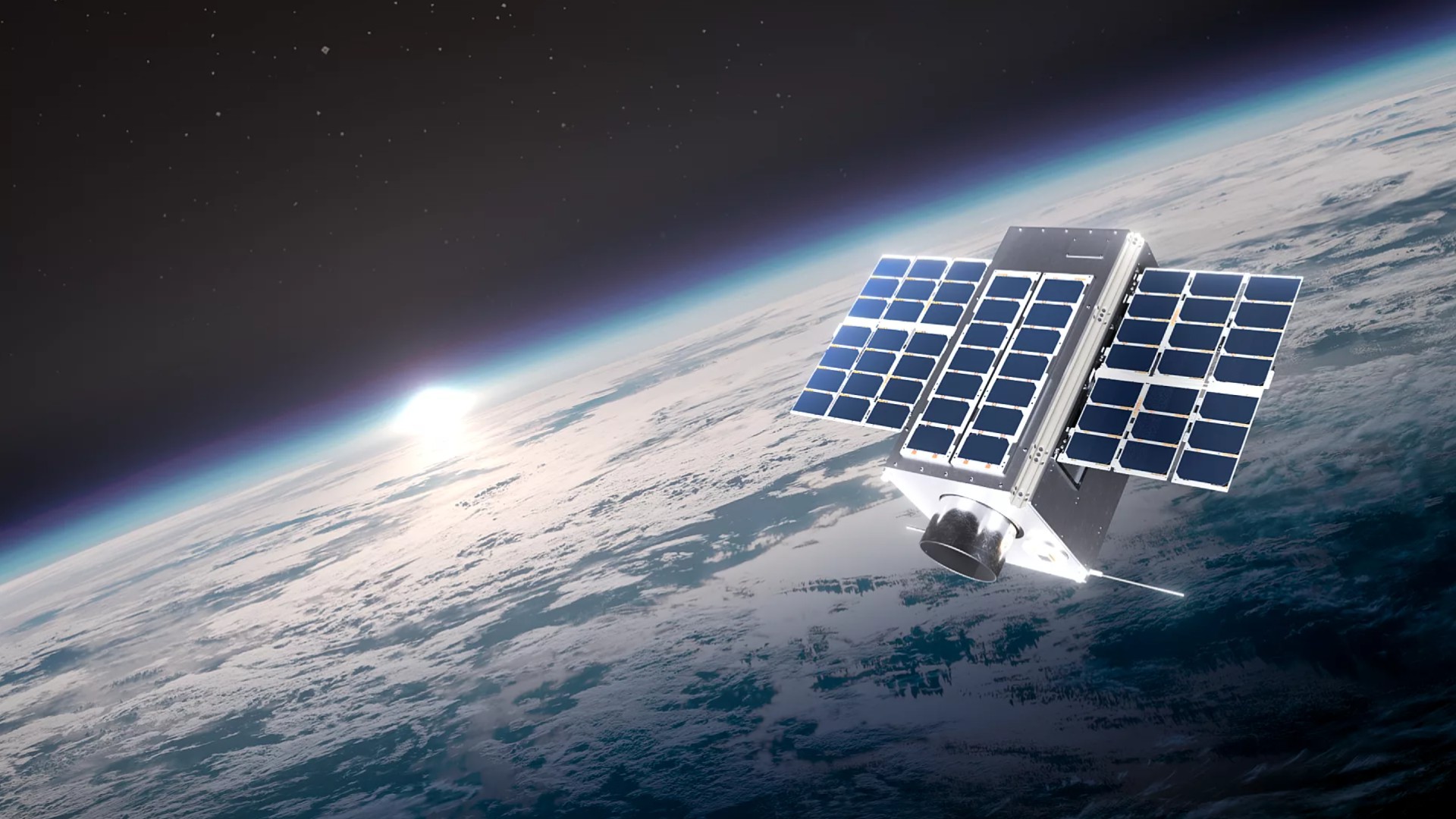Space Launch System: NASA's Giant Rocket Explained (Infographic)

NASA unveiled its new rocket for deep space exploration - the Space Launch System - on Sept. 14, 2011. The rocket will launch astronauts into space on NASA's Orion Multi-Purpose Crew Vehicle, and serve as the go-to booster for U.S. missions to explore asteroids and, eventually, Mars.
This infographic above shows how the Space Launch System will work. The first test flight of the new rocket, which will be more powerful than NASA's mighty Saturn V moon rocket, is set for 2017.
- Gallery: NASA's Space Launch System for Deep Space Flights
- The World's Tallest Rockets: How They Stack Up
- Video: NASA's New Heavy-Lift Rocket - Animated Look
- Latest News About NASA's Space Launch System
Editor's note: This infographic has been updated to reflect new details about the SLS system, including differences between the initial and fully evolved configurations.
Breaking space news, the latest updates on rocket launches, skywatching events and more!

Karl's association with Space.com goes back to 2000, when he was hired to produce interactive Flash graphics. From 2010 to 2016, Karl worked as an infographics specialist across all editorial properties of Purch (formerly known as TechMediaNetwork). Before joining Space.com, Karl spent 11 years at the New York headquarters of The Associated Press, creating news graphics for use around the world in newspapers and on the web. He has a degree in graphic design from Louisiana State University and now works as a freelance graphic designer in New York City.
